Ceremony Of Shoes
Labels: History, Shoes
The idea of luck is the principal thought associated with shoes during marriage custom. Sharper Knowlson (1998) considered shoe customs were in existence from the time of the Egyptians but not confined to any one race. The privalence of new shoes in wedding folk lore would also suggest a passage rite.
For most the connection between footwear, luck and marriage still continues. An old custom was to throw a shoe at weddings for luck and this continues today, in several forms. Many wedding cakes are decorated with miniature charms, including silver shoes.
These may relate to Biblical times, when removing the shoe denoted the confirmation of a contract for redemption or change of ownership. An example of this is given in the laws and ordinances within the book of Deuteronomy.
A common practice was for a widow to marry her husband's surviving brother. In the event of him refusing to do so, she was directed to "come unto him in the presence of the elders, and loose his shoe from off his foot." This action was accepted as the widow's assertion of independence as well as declaring her brother-in law's failure to comply with the law.
In a similar manner the Middle Ages custom found throughout Europe was for the bride's father to give an old boot or shoe from his daughter's left foot to the bridegroom on their marriage. This was thought to indicate the passing of responsibility for her well being.
In Medieval France the groom would sit with his shoe over his brides foot alternatively other custom variation was for the groom to tap the bride on the head with her shoe to show, he was master.
Another custom found across the world relates to removing shoes or giving shoes during the ceremony. The ancient Inca Indians of Peru had a custom where the couple were only considered officially wed, when they took off their sandals and handed them to each other. The significance of taking your shoes off may relate to submission to another's will.
When the Emperor Vladimir proposed marriage to the daughter of Reginald, she refused him with the words "I will not take off my shoe to the son of a slave". Removing the shoe may refer in this context to sexual intercourse.
In Finland, traditionally the whole family accompanied the married couple to the bridal suite. The mother would not let the groom go to his bride until he had given her a pair of shoes. In some countries the wedding shoe was placed at the head of the bed on the husbands side to symbolise his sexual possession and to encourage fertility.
Another variant came from Wales where the bride and groom were presented with a pair of shoes joined together by a chain all cut from a single block of wood. Originally one little cavity contained a lump of sugar and the other coal to ensure the couple might never lack sustenance and warmth. Even today boot shaped confetti is ceremoniously thrown over the happy couple.
In ancient times sandals were often ornamented with horns, crescents and other representations of the moon. The casting of shoes at marriage ceremonies may have had something to do with this. The throwing of flowers and various grains are thought to be associated with fertility and it maybe shoes have a similar function. Throwing shoes at someone going on a journey was also thought to bring good luck. Confetti thrown at weddings is thought to be a remnant of this custom.
In more recent times the tying of old shoes to the wedding car may relate to the Middle Ages custom of throwing shoes to fend off evil spirits. It was commonly thought the devil was offended by the smell of humans and perhaps the basis for the practice was the presence of stench from sweaty feet. The origin of throwing shoes after the bridal pair remains obscure but could relate to the time when the bride was carried off by force. The throwing of shoes may symbolically demonstrate the clash of the relatives as the groom abducted the valued family member away. But this is unlikely since other customs would associate throwing shoes with, a good luck gesture.
"Hurl after me a shoe. I'll be merry whatever I do." Ben Johnson "And home again hitherward quick as a bee, Now for good luck, cast an old shoe for me." Old Heywood "For this thou shalt from all things seek. Marroe of mirth and laughter And wheresoe'er thou move thou luck. Shall throw her old shoe after." Alfred Lord Tennyson.
In the nineteenth century it was commonly believed that a husband could not be held liable for his wife's debts if she was married barefoot and clad only in a shift or smock.
For most the connection between footwear, luck and marriage still continues. An old custom was to throw a shoe at weddings for luck and this continues today, in several forms. Many wedding cakes are decorated with miniature charms, including silver shoes.
These may relate to Biblical times, when removing the shoe denoted the confirmation of a contract for redemption or change of ownership. An example of this is given in the laws and ordinances within the book of Deuteronomy.
A common practice was for a widow to marry her husband's surviving brother. In the event of him refusing to do so, she was directed to "come unto him in the presence of the elders, and loose his shoe from off his foot." This action was accepted as the widow's assertion of independence as well as declaring her brother-in law's failure to comply with the law.
In a similar manner the Middle Ages custom found throughout Europe was for the bride's father to give an old boot or shoe from his daughter's left foot to the bridegroom on their marriage. This was thought to indicate the passing of responsibility for her well being.
In Medieval France the groom would sit with his shoe over his brides foot alternatively other custom variation was for the groom to tap the bride on the head with her shoe to show, he was master.
Another custom found across the world relates to removing shoes or giving shoes during the ceremony. The ancient Inca Indians of Peru had a custom where the couple were only considered officially wed, when they took off their sandals and handed them to each other. The significance of taking your shoes off may relate to submission to another's will.
When the Emperor Vladimir proposed marriage to the daughter of Reginald, she refused him with the words "I will not take off my shoe to the son of a slave". Removing the shoe may refer in this context to sexual intercourse.
In Finland, traditionally the whole family accompanied the married couple to the bridal suite. The mother would not let the groom go to his bride until he had given her a pair of shoes. In some countries the wedding shoe was placed at the head of the bed on the husbands side to symbolise his sexual possession and to encourage fertility.
Another variant came from Wales where the bride and groom were presented with a pair of shoes joined together by a chain all cut from a single block of wood. Originally one little cavity contained a lump of sugar and the other coal to ensure the couple might never lack sustenance and warmth. Even today boot shaped confetti is ceremoniously thrown over the happy couple.
In ancient times sandals were often ornamented with horns, crescents and other representations of the moon. The casting of shoes at marriage ceremonies may have had something to do with this. The throwing of flowers and various grains are thought to be associated with fertility and it maybe shoes have a similar function. Throwing shoes at someone going on a journey was also thought to bring good luck. Confetti thrown at weddings is thought to be a remnant of this custom.
In more recent times the tying of old shoes to the wedding car may relate to the Middle Ages custom of throwing shoes to fend off evil spirits. It was commonly thought the devil was offended by the smell of humans and perhaps the basis for the practice was the presence of stench from sweaty feet. The origin of throwing shoes after the bridal pair remains obscure but could relate to the time when the bride was carried off by force. The throwing of shoes may symbolically demonstrate the clash of the relatives as the groom abducted the valued family member away. But this is unlikely since other customs would associate throwing shoes with, a good luck gesture.
"Hurl after me a shoe. I'll be merry whatever I do." Ben Johnson "And home again hitherward quick as a bee, Now for good luck, cast an old shoe for me." Old Heywood "For this thou shalt from all things seek. Marroe of mirth and laughter And wheresoe'er thou move thou luck. Shall throw her old shoe after." Alfred Lord Tennyson.
In the nineteenth century it was commonly believed that a husband could not be held liable for his wife's debts if she was married barefoot and clad only in a shift or smock.
Posted by
Neoromantic
on
Tuesday, November 18, 2008
Subscribe to:
Post Comments (Atom)
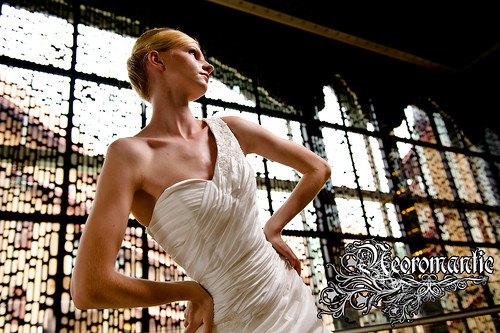
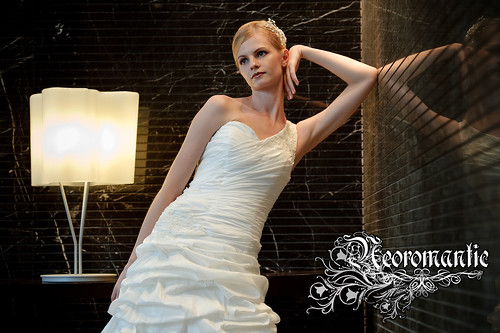

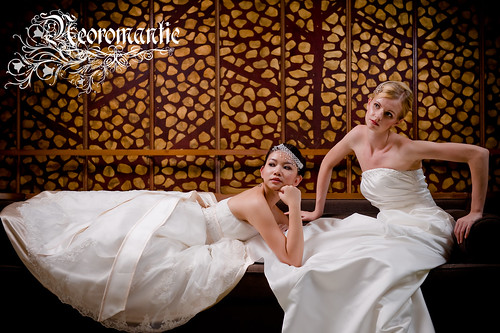

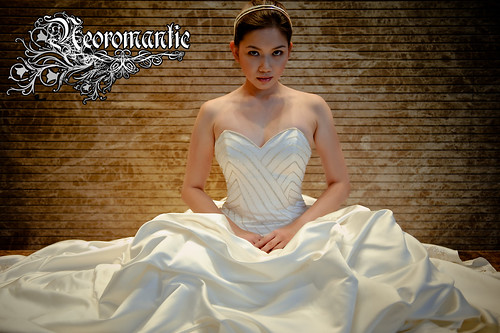
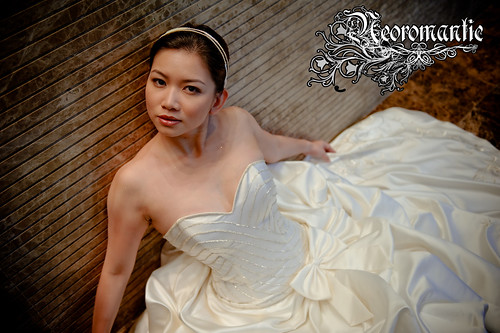
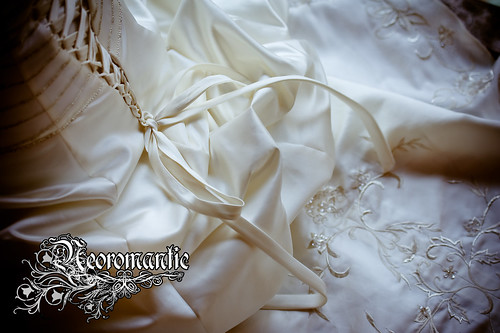

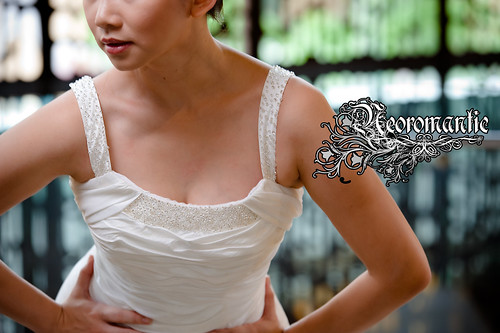






0 comments:
Post a Comment